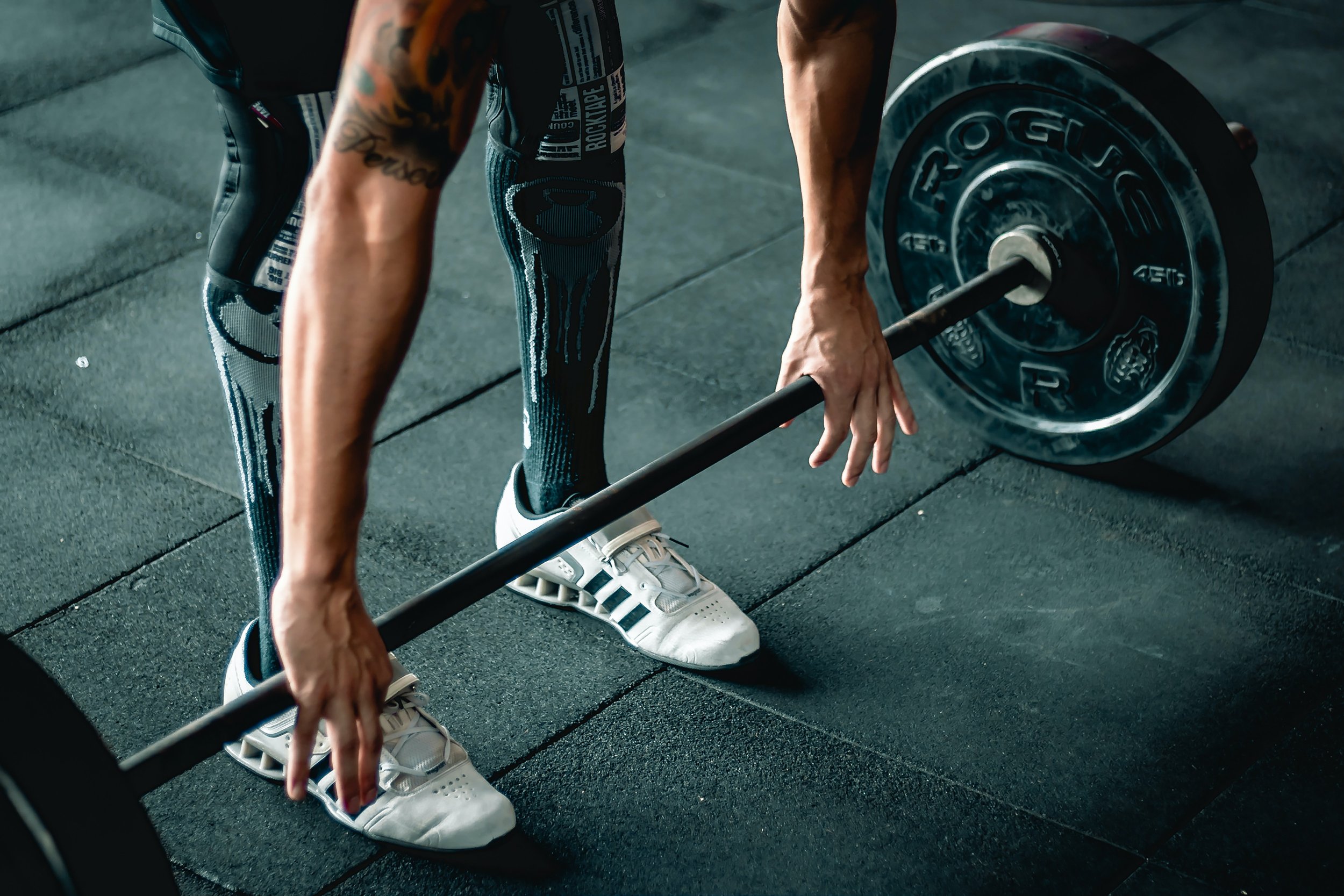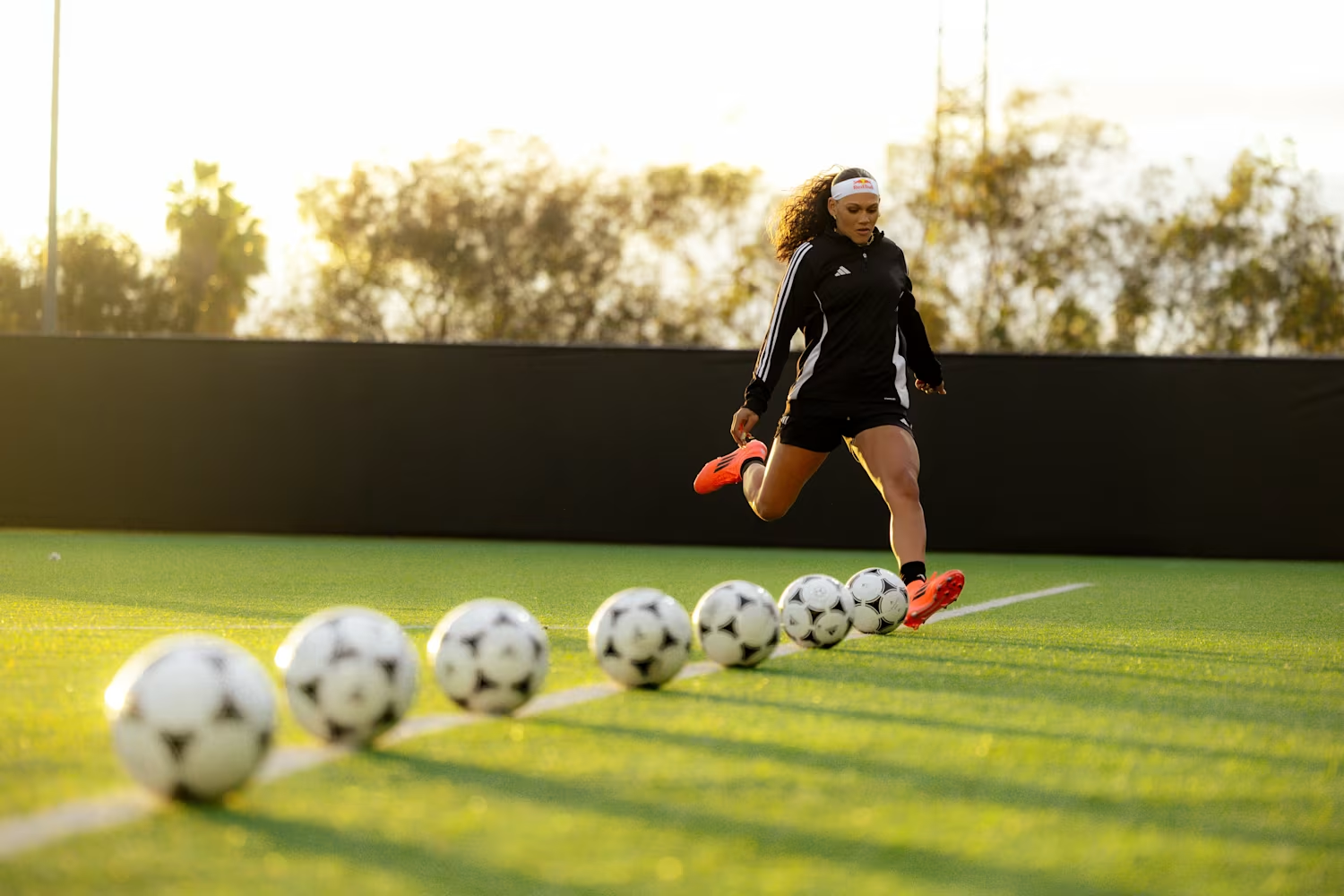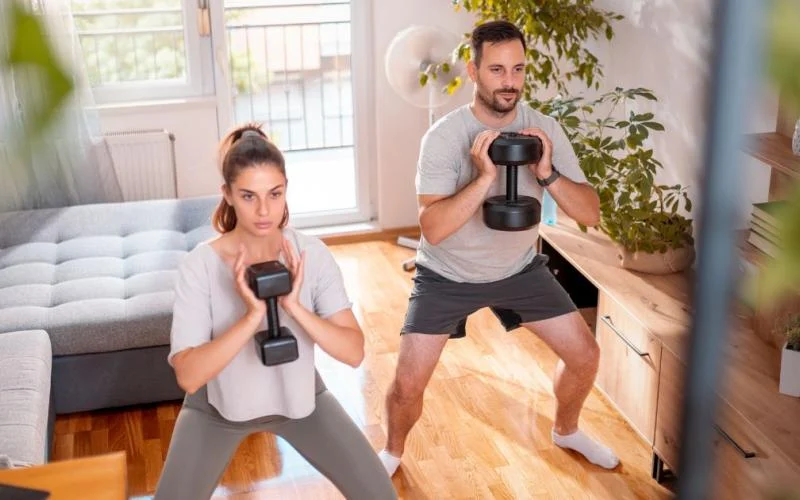Training like a professional athlete may seem like a daunting challenge, but with the right approach, dedication, and mindset, anyone can incorporate pro-level strategies into their routine. Professional athletes follow rigorous training regimens to maintain peak performance, and many of their principles can be applied by those looking to improve their fitness, strength, and overall health. So, what does it take to train like the pros? Here’s a guide to help you get started.
1. Set Clear, Achievable Goals
Before jumping into any fitness plan, it’s crucial to set SMART goals (Specific, Measurable, Achievable, Relevant, and Time-bound). Pro athletes don’t train aimlessly; they have clear objectives in mind—whether it’s improving speed, endurance, strength, or technique. Your goals should be tailored to your personal fitness level and what you want to achieve.
Examples of goals:
- Run a 5k in under 30 minutes
- Increase bench press weight by 20 pounds
- Improve flexibility to do a full split in 6 months
By setting specific, measurable goals, you’ll have a roadmap for your training and can track your progress effectively.
2. Prioritize Strength and Conditioning
Strength and conditioning are cornerstones of a professional athlete’s training routine. These exercises help improve performance, prevent injuries, and enhance endurance. Incorporate a mix of weight training, plyometrics, and core strengthening exercises into your routine.
Key exercises include:
- Squats and deadlifts for lower body strength
- Push-ups, pull-ups, and bench press for upper body
- Planks and Russian twists for core stability
- Box jumps and sprints for explosive power
Pro athletes spend a significant amount of time building their strength and conditioning to support the physical demands of their sport.
3. Focus on Mobility and Flexibility
Flexibility and mobility are often overlooked in amateur training routines, but professional athletes dedicate time to stretching and mobility work. This helps improve range of motion, prevents injury, and allows for quicker recovery after intense sessions.
Incorporate dynamic stretching into your warm-ups and static stretching into your cool-downs. Yoga and Pilates are also excellent options to increase flexibility, balance, and coordination.
Mobility exercises include:
- Hip flexor stretches
- Shoulder rotations
- Foam rolling to release muscle tension
- Dynamic lunges and leg swings
4. Incorporate Sport-Specific Drills
Pro athletes train for their specific sport, and while you may not be preparing for an Olympic event, it’s important to incorporate drills that mimic your preferred activity. Whether you play basketball, soccer, or run, performing sport-specific drills will improve technique and efficiency.
Examples:
- If you’re a runner, do interval sprints or hill runs to build speed.
- If you play football or basketball, practice ball handling, footwork, and agility drills.
- For swimmers, focus on stroke technique and endurance in the pool.
By including drills that reflect the movements and skills you use in your chosen sport, you’ll improve your overall performance.
5. Implement High-Intensity Interval Training (HIIT)
Professional athletes often use HIIT to boost endurance and burn fat efficiently. This training method alternates between short bursts of intense activity and brief recovery periods. HIIT enhances cardiovascular fitness, increases stamina, and speeds up metabolic rates.
Try incorporating a HIIT workout 2-3 times per week. Examples of HIIT exercises include:
- Sprint intervals
- Jump squats
- Burpees
- Mountain climbers
HIIT is an excellent way to improve both aerobic and anaerobic fitness, mimicking the intensity and energy bursts required in many sports.
6. Proper Nutrition and Hydration
Training like a pro athlete means fueling your body correctly. Nutrition is key for performance, recovery, and overall health. Focus on a balanced diet rich in proteins, healthy fats, complex carbohydrates, and vitamins.
Pre-training nutrition: A light meal or snack containing carbs and protein, like a banana with peanut butter or a smoothie, will provide sustained energy during your workout.
Post-training nutrition: After a workout, refuel with protein to support muscle recovery and carbohydrates to replenish glycogen stores. A protein shake with fruit or grilled chicken with sweet potatoes works well.
Hydration: Staying hydrated is crucial, especially during intense workouts. Drink water consistently throughout the day and replace electrolytes after heavy sweating (sports drinks or coconut water).
7. Rest and Recovery
Pro athletes understand the importance of recovery. Overtraining can lead to burnout and injury. Rest days and active recovery are just as important as the workouts themselves.
- Sleep: Aim for 7-9 hours of sleep per night for optimal muscle recovery and mental focus.
- Active recovery: Include light activities like walking, swimming, or cycling to keep your body moving without overloading your muscles.
- Massage and foam rolling: These techniques help release muscle tension, prevent soreness, and promote better circulation.
8. Mental Toughness and Focus
Training like a pro athlete isn’t just about physical performance; mental strength plays a huge role. Athletes train their minds to stay focused, manage pressure, and stay motivated through adversity. Incorporating mental conditioning can give you the edge in both training and competition.
Mental tips include:
- Practice visualization and mental rehearsal
- Set daily affirmations and focus on positive thoughts
- Develop a pre-workout or pre-game routine to get in the zone
- Learn to embrace challenges and failures as part of the process
Conclusion
Training like a pro athlete requires a well-rounded approach that combines goal-setting, strength and conditioning, flexibility, sport-specific drills, and proper recovery. Remember, even the world’s best athletes focus on the fundamentals: hard work, discipline, and a commitment to continuous improvement. Whether you’re training for a specific sport or just want to improve your overall fitness, incorporating these strategies will help you reach your peak potential.



